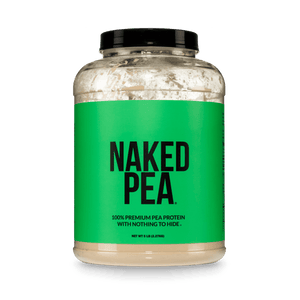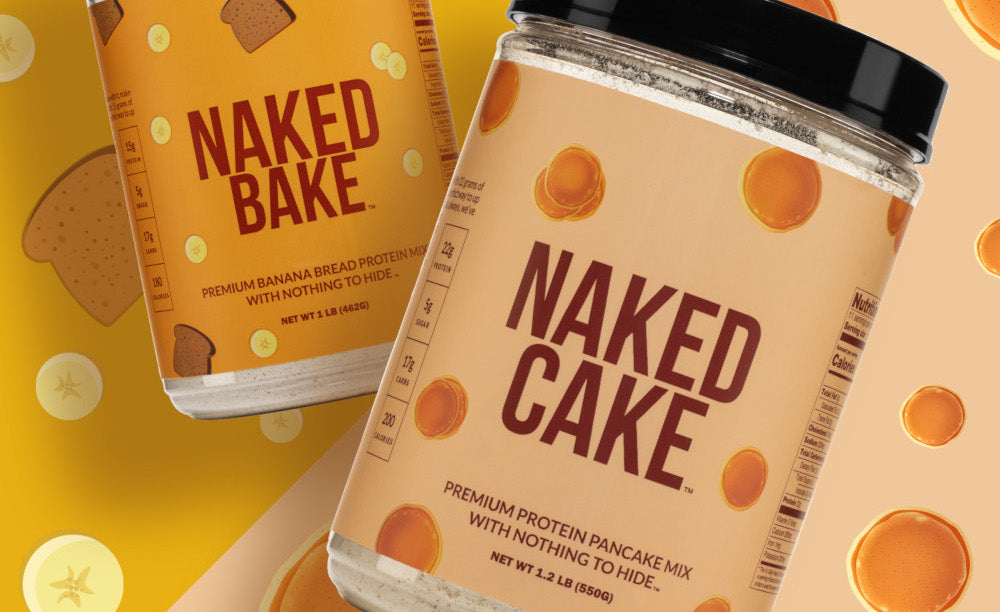As an adult, you’ve likely compared various food labels for fiber content. Let’s face it, we know fiber is important to get things moving and this becomes more of a priority as we get older.
But what about our kids? Do they need fiber like we do?
Do Kids Need Fiber?
If you have little ones, they need fiber too! While we may be more accustomed to sneaking fiber into our diet, we cannot forget about the diets of those who depend on us.
Fiber can easily get lost among the sea of other priorities in our kid’s diet. As a parent, it can be challenging to make sure they are eating well-balanced meals, even when we are doing our best to provide that to them.
High-fiber foods may also feel notoriously difficult to get our children to eat. For example, many little ones turn their noses up at vegetables which can leave parents feeling frustrated.

What are the Benefits of Fiber for Children?
Fiber provides numerous health benefits for both children and adults. A diet rich in dietary fiber can help prevent or relieve constipation, boost meal satisfaction, and prevent certain health conditions such as heart disease, type 2 diabetes, and some cancers [1].
Getting into a routine of eating a fiber-rich diet at a young age can help set our kids up for success when it comes to their long-term health. A great way to increase the chances that our kids will be willing to eat fibrous foods is by modeling that behavior in ourselves.
Be sure to incorporate fiber into your diet as well as your child’s. Set an example for them by incorporating at least one fiber-rich food per meal.
How Much Fiber Do Kids Need Each Day?
Kids don’t need quite as much fiber as adults and how much they need will vary based on their age. According to the American Academy of Pediatrics (AAP), fiber intake in children can be estimated by taking their age and adding 5 grams.
For example, if you have a 6-year-old, the recommended fiber intake would be 6 + 5 grams which is 11 grams of fiber per day.
Additionally, fiber needs in children can be calculated based on their calorie intake. It’s recommended to consume 14 grams of fiber per 1,000 calories, or between 19-38 grams in children [2].

What if My Kids Don't Like Veggies?
If you’re worried your little one isn’t meeting their fiber needs, you may feel an extra pull to push veggies on them. Don’t fret if your youngin isn’t into eating veggies, there are plenty of other rich sources of fiber that may be more enjoyable to them.
Aside from veggies, other good sources of fiber include fruits, such as apples, bananas, pears, and berries.
Whole grains such as oats, whole grain bread and pasta, and popcorn are also excellent sources of fiber that can easily be incorporated into a variety of kid-friendly meals.

How to Increase Fiber in Your Children's Diet?
If you’re struggling with practical ways to boost your child’s fiber intake in a way they will actually enjoy, you aren’t alone. Kids can be picky, which makes prioritizing fiber feel a bit tricky.
Instead of laying the fiber on thick during meals, start incorporating it slowly, so your little one doesn’t feel overwhelmed by the newness of the foods you are offering. Consider making small swaps to their favorite meals, such as pasta, grilled cheese, and even chicken nuggets.
For example, if your child’s favorite food is pasta, try incorporating some cooked veggies into the sauce by pureeing them. This removes any challenges with texture and significantly boosts the nutrients in that sauce, including fiber.
If you have a chicken nugget lover, as many of us do, try your hand at making homemade chicken nuggets with additives such as hemp hearts or ground flax in place of breadcrumbs. You can also use ground nuts or seeds for the breading.
Even when you are doing your very best, it can still be a challenge to meet your child’s fiber needs. You can also check out our kids protein shakes that contain 14% of kid's daily fiber needs, along with 8g of milk from organic protein, and a blend of 25 key vitamins and minerals.
While supplements shouldn’t be the first line of defense, they can help fill in the gaps where diet may be lacking. Just be sure to choose a high-quality supplement to ensure you are giving your child the best nutrition possible, even when it doesn’t come from food.













